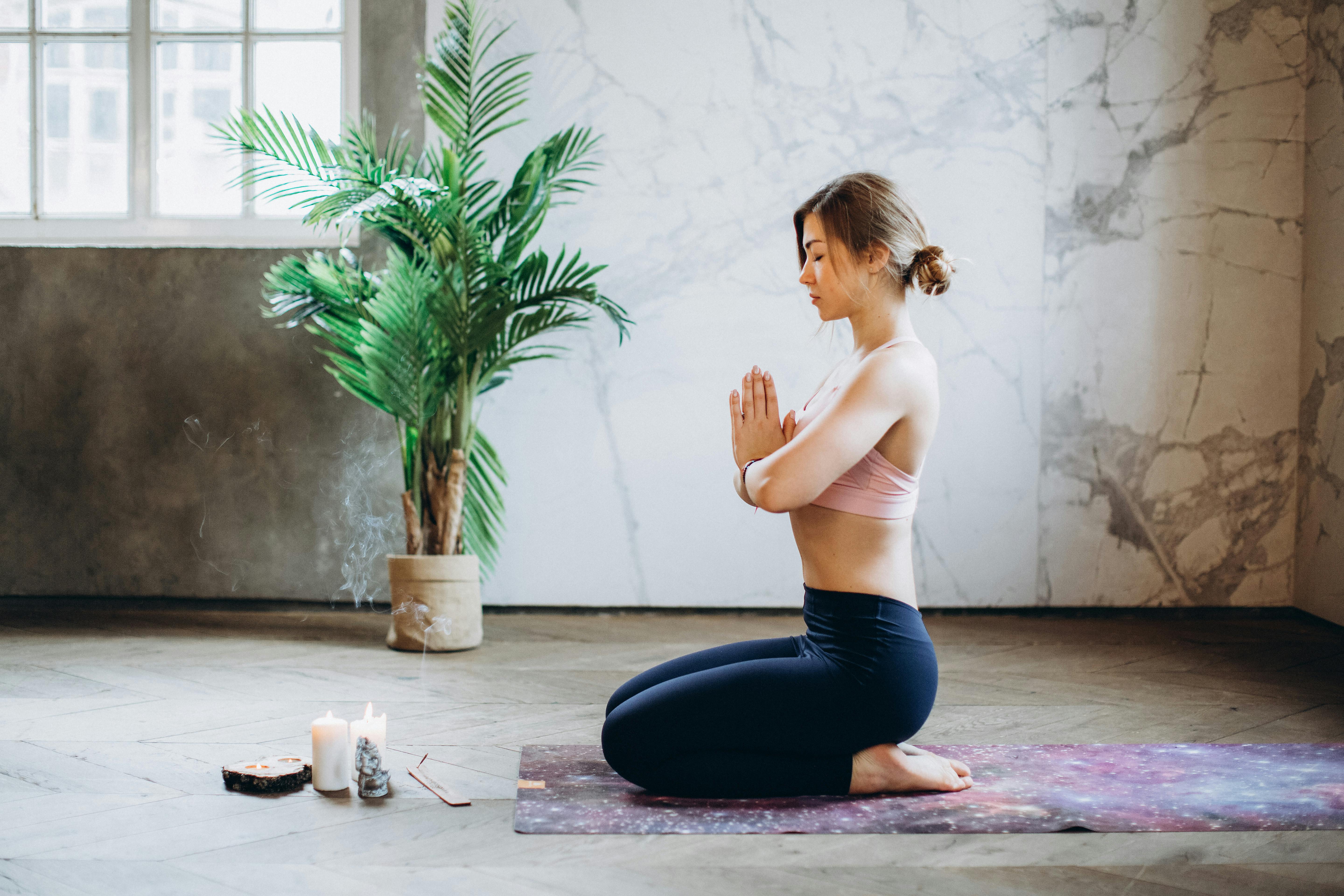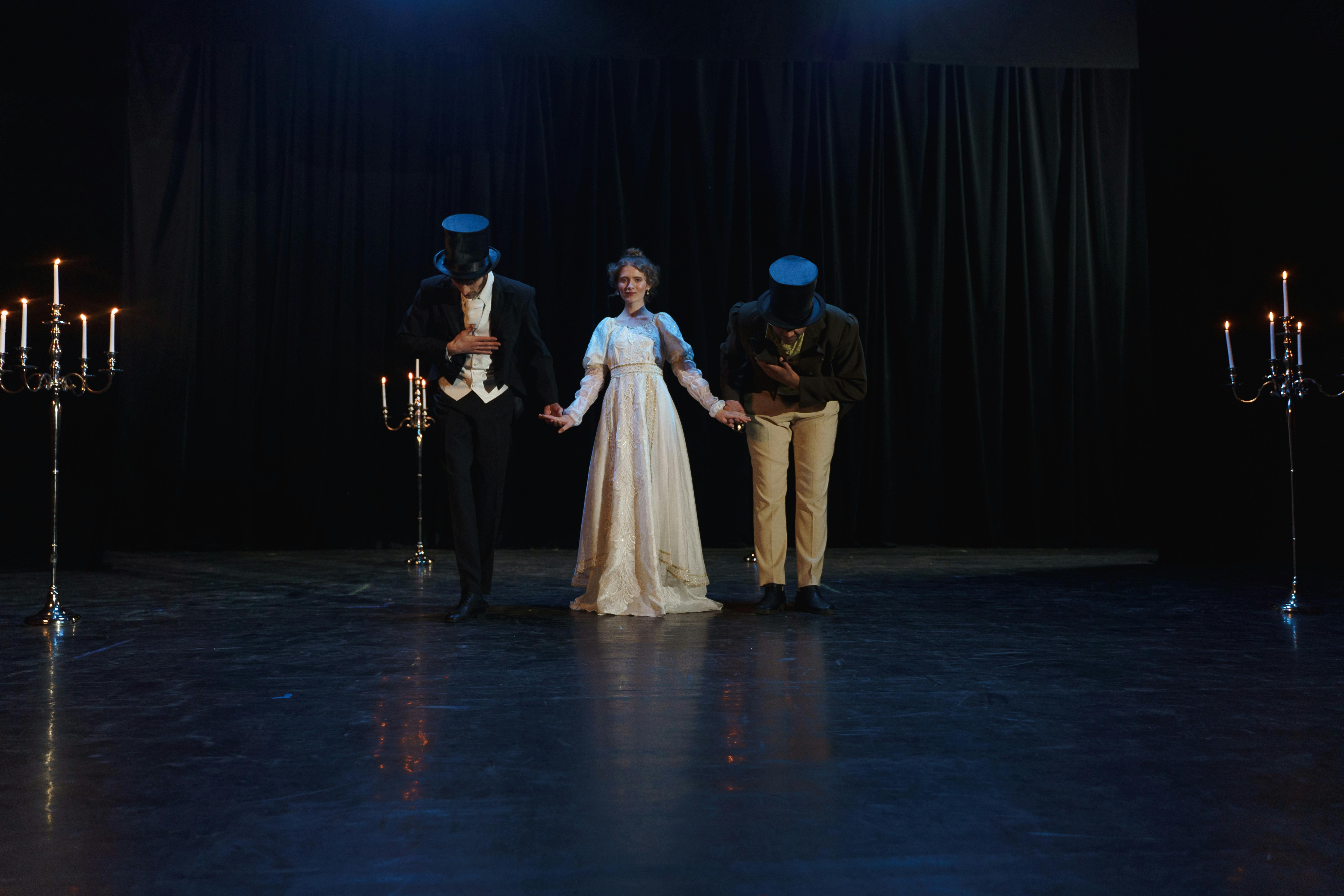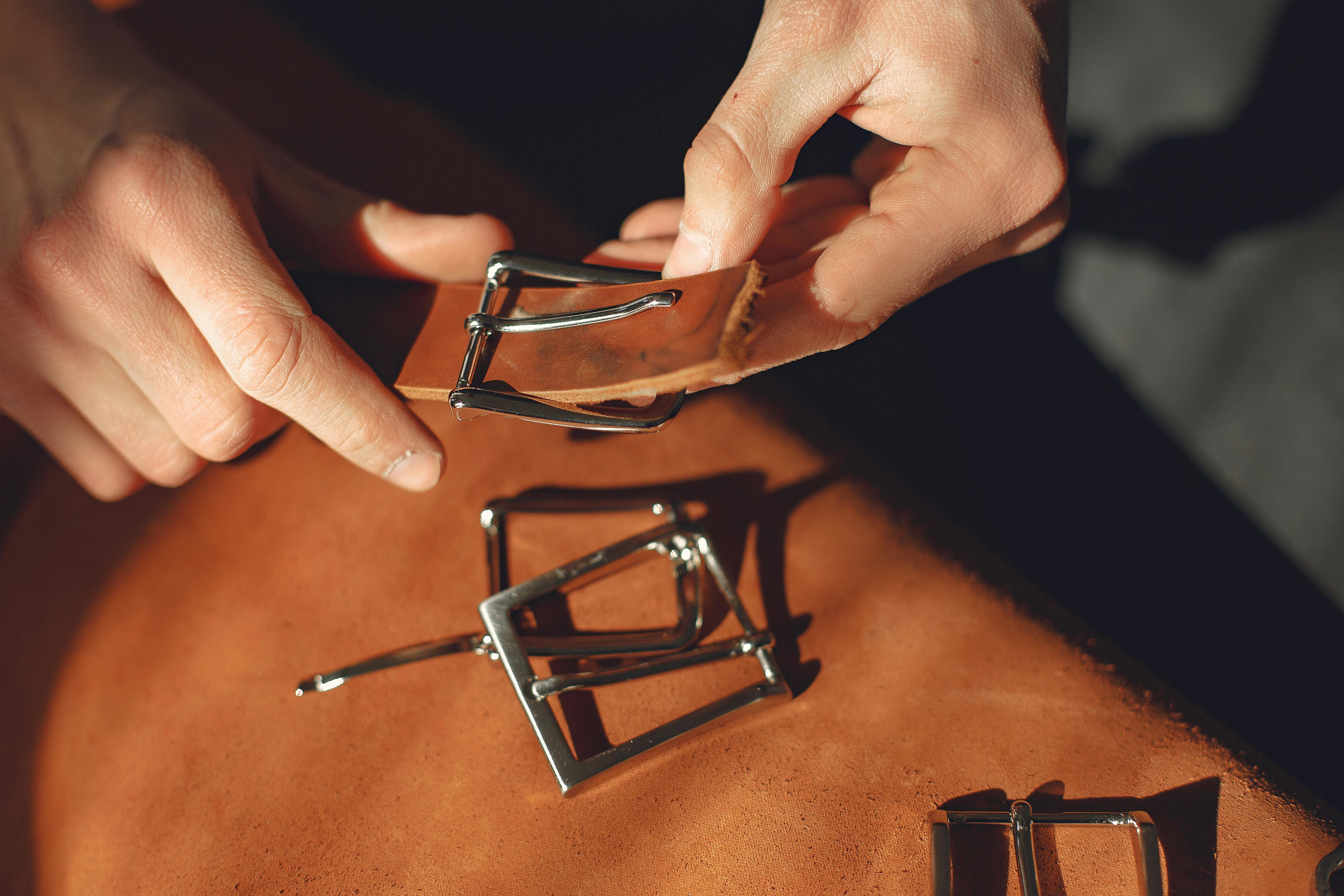Lack of control or feelings of helplessness, along with the unpleasant effects of hot flashes, can be addressed with a simple breathing exercise. The exercise should be done when the woman experiences the first signs of approaching suffering. The exercise was developed by prominent Soviet physiologist Konstantin Buteyko, MD, PhD. He trained some 200 Soviet medical professionals on how to apply this breathing exercise to hundreds of women.
Contraindications and Restrictions: If you suffer from heart disease and high blood pressure, panic attacks, or migraines (for unidentified causes), you should exercise caution regarding the instructions suggested below, as it may trigger your specific symptoms. If this is the case, find a gentler version of this exercise that doesn’t involve holding your breath.
Steps to follow
1. Exhale normally (or just relax) and pinch your nose. (Mouth should be closed all the time. If your nose is stuffy, please search the instruction or an article “The breathing exercise to unblock the nose” using the Internet.) Hold your breath, while nodding your head, for as long as you can. . Count how many seconds your maximum breath hold is (after your usual exhalation) for future reference. [This number reflects your health state and intensity of hot flashes.]
2. When you feel a strong desire to breathe (it will take between 10 and 60 seconds), resume breathing, but only through your nose. Take a small inhalation using your belly (belly or diaphragm) and then simply relax to exhale. Then, take a smaller inhalation again and relax to exhale. Maintain air hunger (shortage of air) for about 2-3 minutes by having this shortened breath:
– small inhalations using the diaphragm (about 30-40% less than your usual inhalations);
– Exhale relaxed.
3. In 2-3 minutes repeat the procedure: hold your breath; reduced breathing with shortness of breath for another 2 minutes.
During the first tests, check that your body responds positively to the sudden increase in CO2 during this breathing exercise: you should warm your hands and/or feet during reduced breathing. (CO2 is the most powerful vasodilator that greatly improves the perfusion or blood flow and oxygenation of all vital organs and tissues in the human body.) Later, with experience, you can try a more efficient version of the same exercise: holding your breath and slowing your breath with severe shortness of breath.
permanent solution
The intensity of hot flashes, as observed by Soviet and Russian doctors, correlates with the results of the breath-holding time test. However, these doctors, using Buteyko respiratory autooxygenation therapy, apply a stress-free version of the breath-hold test. It is called CP (control pause) and is performed after the usual exhalation and only until the first stress or discomfort. The maximum breath-holding time is about twice as long as the CP. So if you divide your numbers by 2, you will get your current CP value.
The CP test, as the research revealed, reflects the oxygenation of the body and the intensity of respiration. The faster and/or deeper we breathe (hyperventilation), the lower the oxygenation of the human body due to CO2-related effects (vasodilation and Bohr effect). The exact relationship between respiratory rate, CP, maximal pause, alveolar CO2, are reflected in the patented Buteyko Table of Health Zones (the link between health states and respiratory parameters), while the symptoms of the hot flashes disappear when the woman has exceeded 40s CP 24/7.




